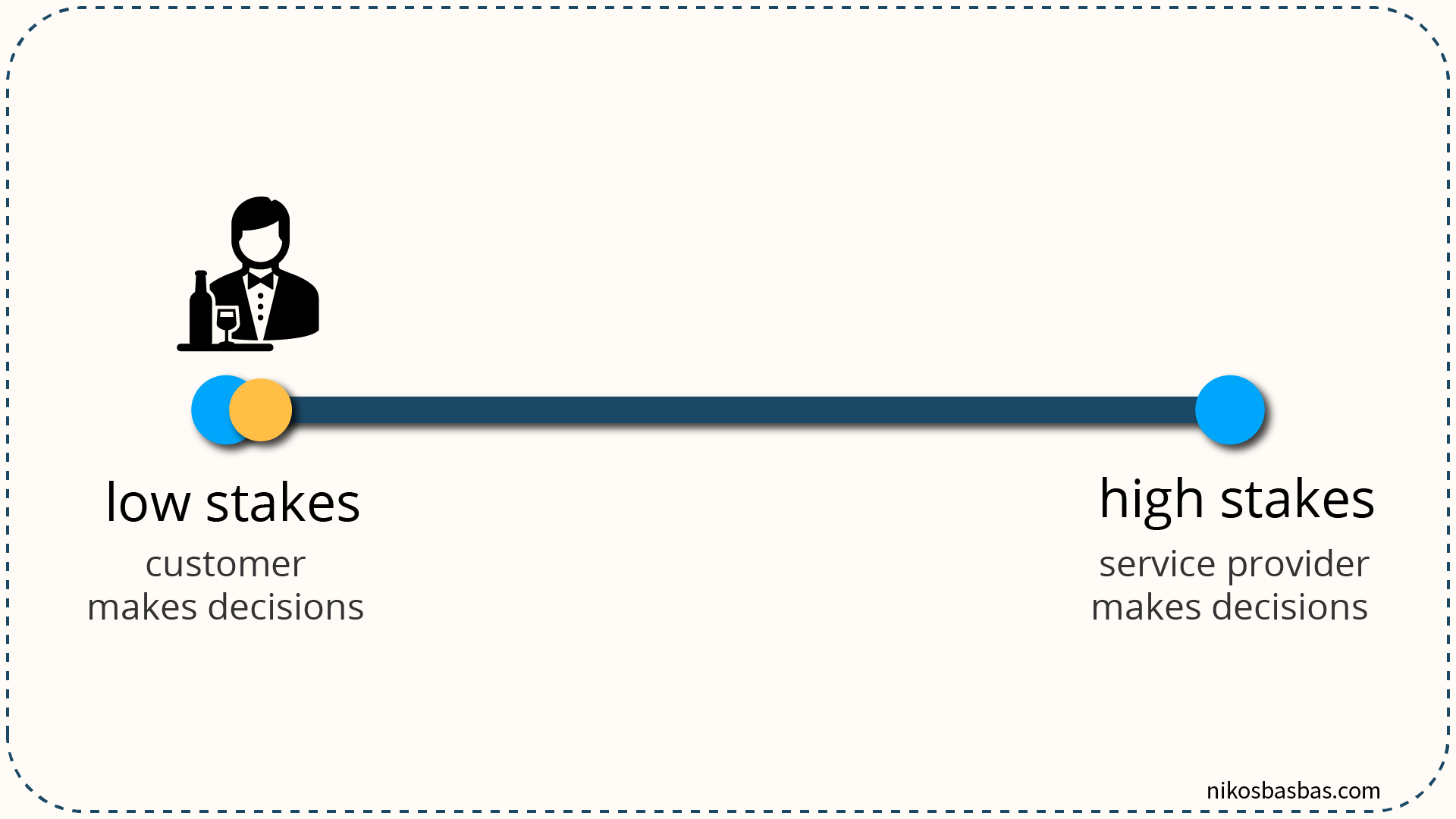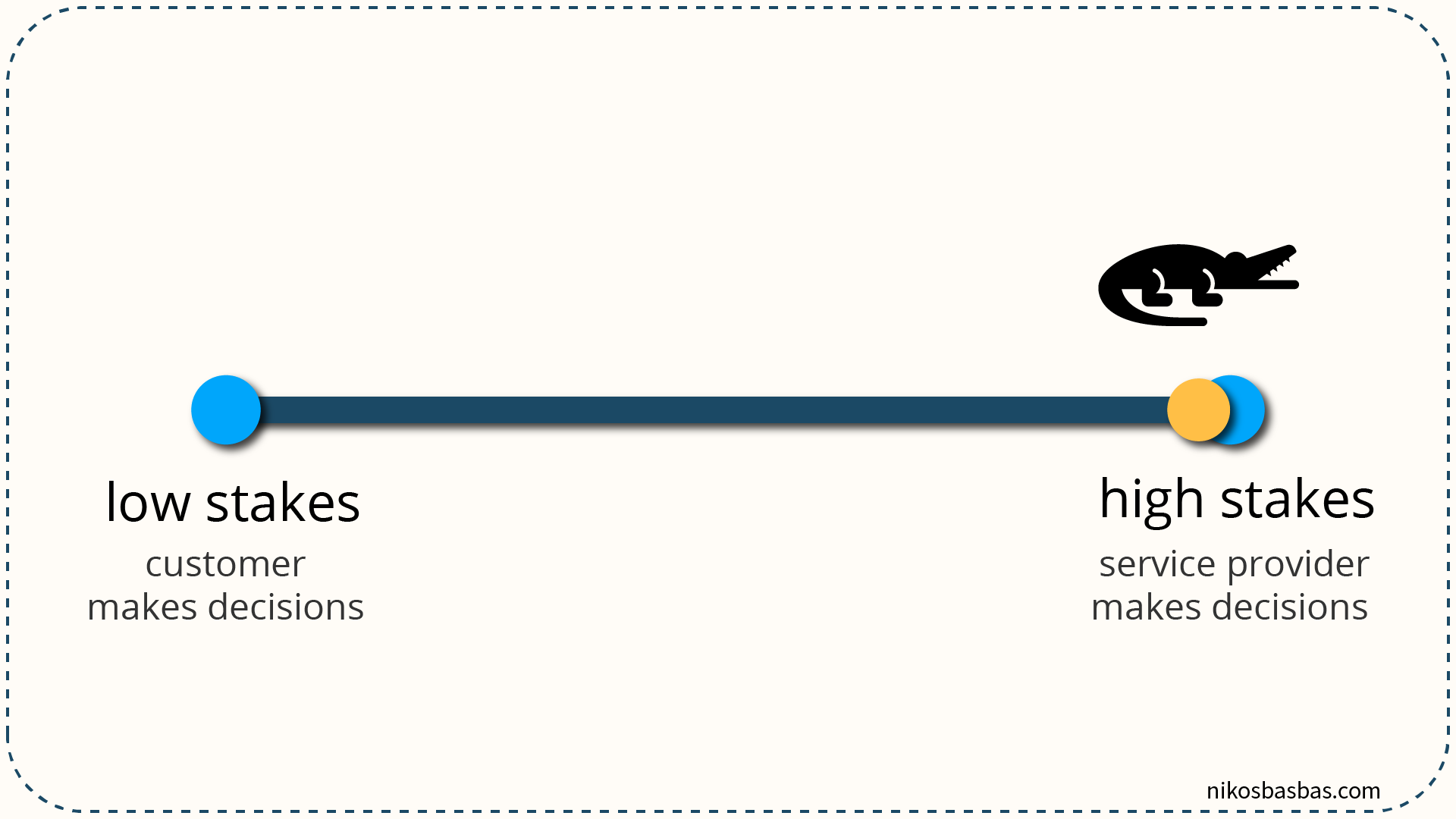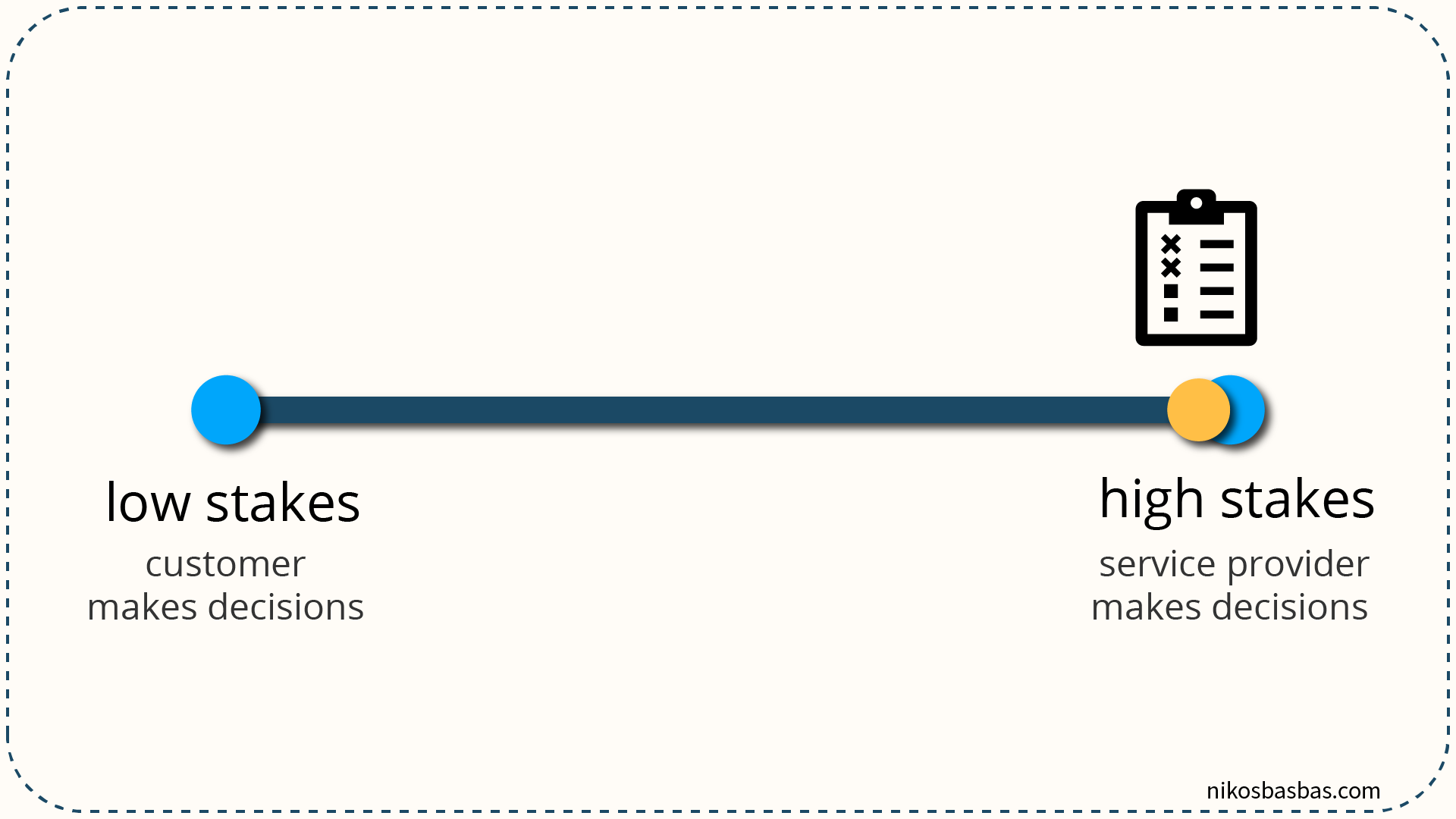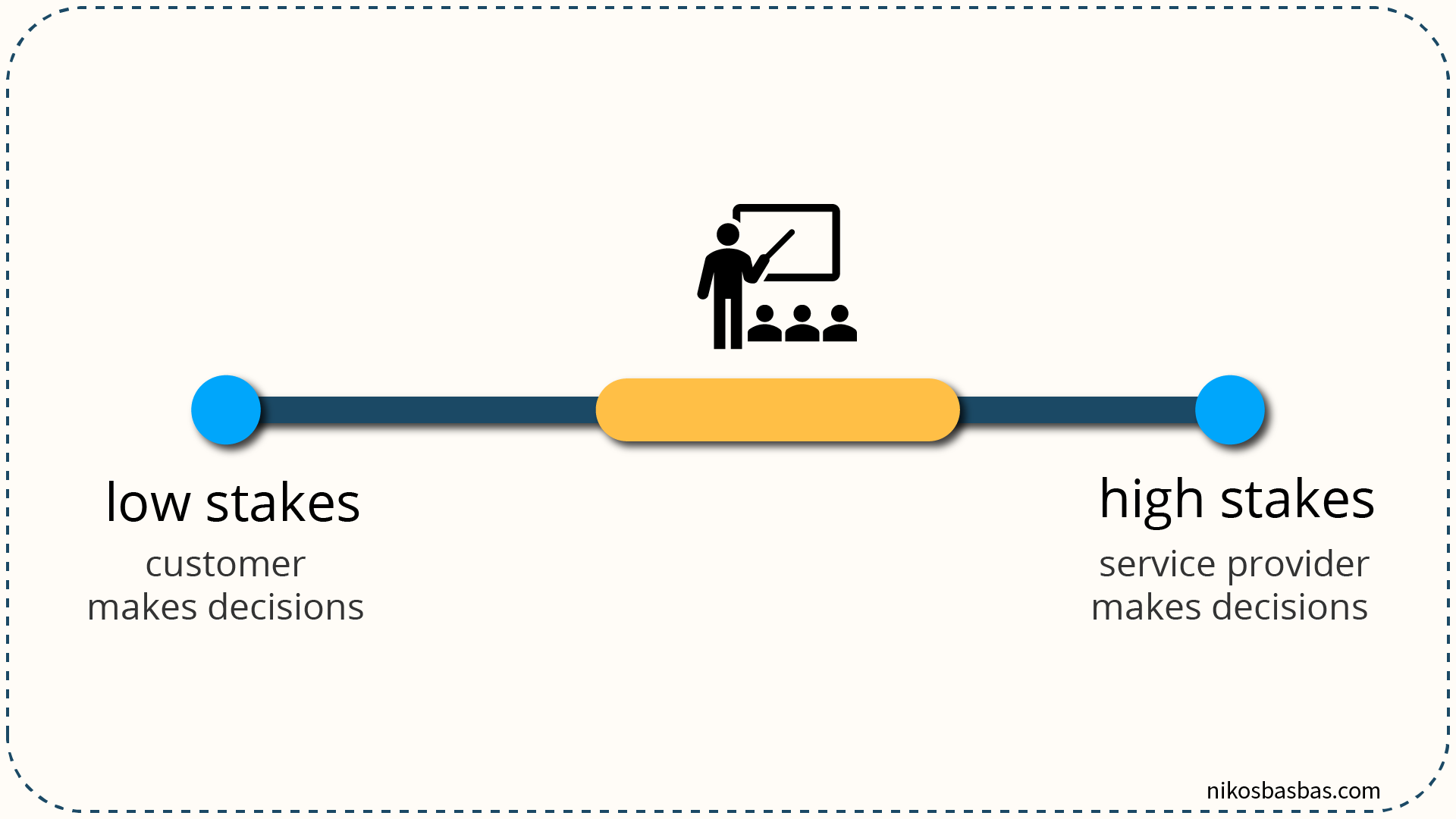After finishing high school, I took a summer job as a waiter. The restaurant's flagship dish was rigatoni al tartufo, pasta with fresh truffles. It was the most expensive item on the menu, so the people who ordered it were usually real connoisseurs. Usually.
One day a young gentleman ordered the rigatoni and I brought it to him. I wished him and his partner bon appétit and walked back to the bar. As I turned around and looked at the couple, I saw the guy picking up a spoon (SPOON!) and basically plunging it into the pasta.
I remember the scene in slow motion. With horror on my face and screaming ‘NOOO’ under my breath, I ran as if accompanied by dramatic music to stop him from committing such a faux pas. One does not eat this type of pasta with a spoon!

I was brought back to normal-speed reality by an arm across my chest that prevented me from reaching the diners. I looked, puzzled, at my colleague, to whom the limb belonged, and he gave me a nod that said ‘it's OK’. He explained: "The customer is always right. It doesn't necessarily mean the customer objectively knows better. In fact, they often don't. But when the stakes are low, we let the customer do as they wish."

"The customer is always right" is a customer service motto first adopted in the 19th century [1], and it is still heavily used today. But as my colleague pointed out, only in low-stakes situations. We do not let a third-degree burns patient decide the treatment. Pilots do not fly a route that passengers pick. Safari tour guides don't let customers pet an angry alligator. Because if the patient/passenger/tourist is wrong, they die.

Like hospitality, education is a retail service, too. Where should we place it on the continuum? Well, it depends. Historically, teachers have had all the control. But increasingly students want to have a say in shaping their education, too. How much decision power should teachers and students have?
To discuss this question, it is useful to break education down into its two major components:
- teaching, and
- summative assessment, i.e., grading.
Summative Assessment
The main objective of summative assessment is for an educational institution to decide which students deserve to get a credential (e.g., a diploma or certificate). A credential lets graduates tell employers "I have skill X, but you don't have to take my word for it - an independent educational institution checked that I do. Here is a certificate." Therefore, for credentials to have any value for employers, they should reflect an unbiased reflection of the student’s ability, meaning students should not have any say in the process and outcome of summative assessment*.

Teaching
Placing teaching on the continuum is less straightforward because it depends on multiple factors, like a learner’s ability to self-direct and self-regulate, their prior knowledge, their field of study, to name a few. But let's explore two commonly heard arguments in this debate, one from each side.
"Teachers don't know any more than me what kind of jobs there will be in the future, so there is no harm in giving me freedom to choose what I study." - a student
I think the future of work argument is a fair one. Moreover, giving students some autonomy often increases ownership of their learning, which in turn improves academic achievement [2, 3].
"Students don't know what they don't know, so they can't make sound decisions on what to study. Moreover, they don't know what is good for them when it comes to teaching and learning." - a teacher
Two good points here. First, novices don't know anything, even what they don't know, which makes it hard for them to make informed decisions about their studies. Second, many students don't know that the most effective teaching and learning methods are often the least pleasant (at least initially) [4]. Give them a choice, and many will go with the easy option and learn less as a consequence.
The answer to where teaching should lie on the continuum is ‘it depends’. The best we can do is this:

Notes:
*This discussion about education assumes an ideal learning environment where assessment and instruction are perfect. In practice, this is sometimes not the case, and in those contexts, students should have a right to demand better.
References:
[1] https://en.wikipedia.org/wiki/The_customer_is_always_right
[2] Candice R. Stefanou , Kathleen C. Perencevich , Matthew DiCintio & Julianne C. Turner (2004) Supporting Autonomy in the Classroom: Ways Teachers Encourage Student Decision Making and Ownership, Educational Psychologist, 39:2, 97-110, DOI: 10.1207/ s15326985ep3902_2
[3] Deci, E. L., & Ryan, R. M. (2012). Self-determination theory. In P. A. M. Van Lange, A. W. Kruglanski, & E. T. Higgins (Eds.), Handbook of theories of social psychology (pp. 416–436). Sage Publications Ltd. https://doi.org/10.4135/9781446249215.n21
[4] Deslauriers, L., McCarty, L. S., Miller, K., Callaghan, K., & Kestin, G. (2019). Measuring actual learning versus feeling of learning in response to being actively engaged in the classroom. Proceedings of the National Academy of Sciences, 116(39), 19251-19257. https://doi.org/10.1073/pnas.1821936116
